- Home
- Prelims
- Mains
- Current Affairs
- Study Materials
- Test Series
13th July 2021
CHINESE PROTEST AGAINST DALAI LAMA’S BIRTHDAY CELEBRATIONS
Recently, the Chinese nationals displayed banners in protest from across the Indus river, close to the Line of Actual Control (LAC), when Indian villagers were celebrating the birthday of the Dalai Lama in Demchok in eastern Ladakh.
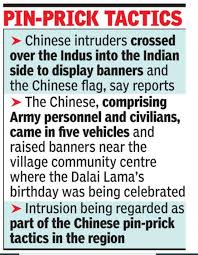 India’s Tibet Policy?
India’s Tibet Policy?
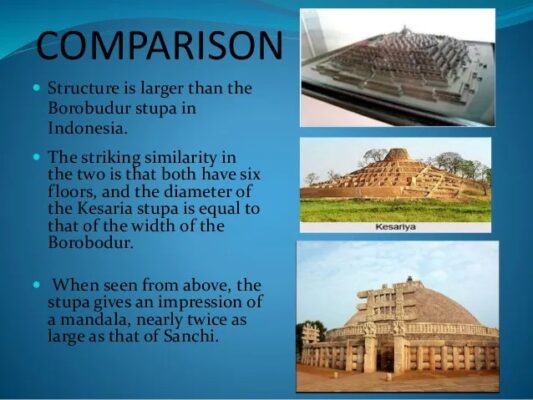 Kesaria Buddha Stupa
Kesaria Buddha Stupa
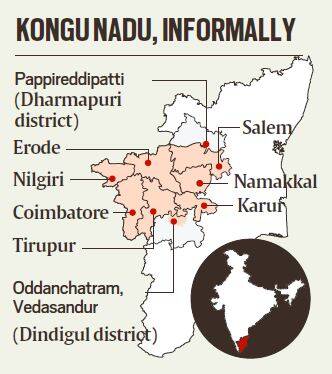
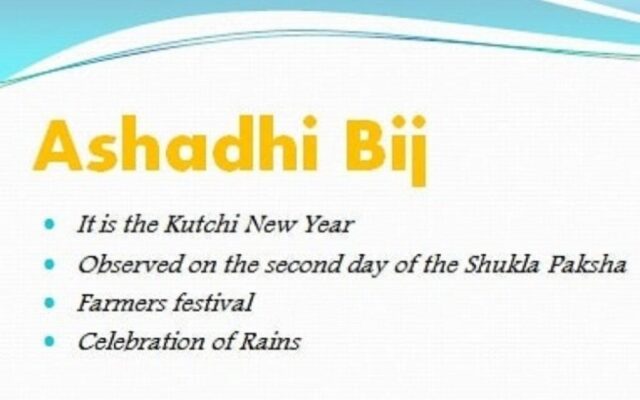

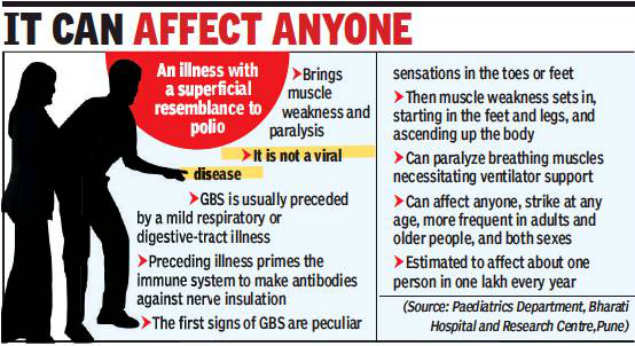
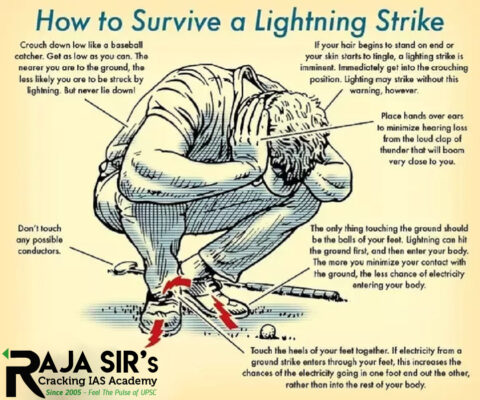
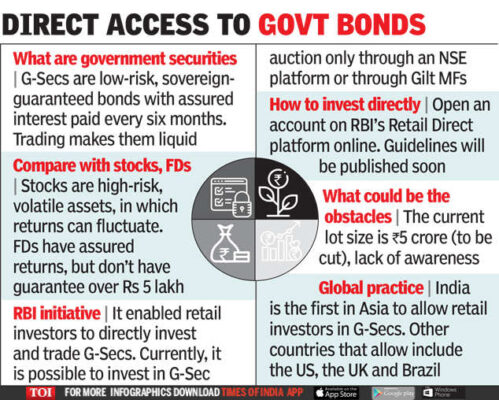
 India’s Tibet Policy?
India’s Tibet Policy?
- India currently has an executive policy (not a law) on Tibetans in India called "Tibetan Rehabilitation Policy 2014."
- It was a significant development for Tibetans' welfare in India but it is devoid of any substantive relevance on core issues of Tibet.
- India’s stand on Tibet and its proximity to the Central Tibetan Administration and Dalai Lama was in accordance with the New Delhi-Beijing understanding.
- There is no other civilization or country which has been more grateful for Tibet than India throughout the recorded history of Tibet.
- Millions of Indian, particularly in UT/states like Jammu & Kashmir, Himachal, Uttarakhand, Sikkim, West Bengal, and Arunachal worship His Holiness the Dalai Lama.
- Tibetan plateau's water resources supply fresh water to an estimated 1.8 billion people and almost half of the water (48 per cent) that flows from the Tibetan plateau runs directly into India.
- India’s land borders with China are essentially those between India and Tibet and in many ways, China’s perspectives on India are shaped by its Tibet policy.
- India hosts the world’s largest Tibetan diaspora of more than 75,000 people and it also hosts the Central Tibetan Administration (CTA) in Dharamshala.
- The Indian Army’s proposal of studying Tibetan history, culture, and language on both sides of the Line of Actual Control and the international boundary for its officers is hinting at a changing stance in the Indian side about using the Tibet card.
- China's status as upper riparian and absolute control over these rivers not only gives China a choke hold on India's economy but could cost the catastrophic loss of countless human lives.
- China’s larger regional ambitions relating to South Asia and the Indian Ocean Region preclude it from a relationship of equality with New Delhi.
- India’s continued silence on the succession issue ignores its value system regarding protecting religious beliefs.
- In 2008, the then Prime Minister visited China and the Joint Statement lacked the familiar Indian reiteration that it recognized the Tibet Autonomous Region as part of the territory of the People’s Republic of China.
- In 2009, on the 50th anniversary of the Dalai Lama’s exile, the Indian government permitted him to visit Tawang, for the first time since 2003.
- During the Doklam crisis in 2017, the government had allowed Sangay to unfurl a Tibetan flag near Pangong Tso.
- The central government drew back and changed its policy on the eve of the first informal summit in Wuhan in 2018.
- The policy took another turn in August 2020 when New Delhi decided to use the Special Frontier Force, comprising Tibetan refugees, to capture the heights in the south bank of the Pangong Tso.
Road Ahead
- It is now high time that India should also adopt a more assertive stand on the Tibet issue in dealing with China.
- India should adopt its version of Tibet policy similar to the Tibet Policy and Support Act of 2020 of the US.
- It is high time that India should take a firm stand to deal with China by adopting a more assertive policy framework regarding Tibet.
- India should confidently take the issue of Tibetan freedom, not autonomy, in the forefront of its fight against CCP’s imperialism, rather than appeasing a constantly bullying neighbour.
 Kesaria Buddha Stupa
Kesaria Buddha Stupa
- It was discovered in 1998 through excavation by the Archaeological Survey of India.
- It is located at Kesaria in East Champaran district about 120 K.M. from Patna and 30 miles from Vaishali on Indo Nepal border.
- It is one foot taller than the famous Borobodur Stupa in Java rising to a height of 104 feet and much reduced than its original height
- It is among the nationally protected monuments in Bihar and regarded as the largest in the world.
- The Stupa is built up of bricks laid in a very thin layer of mud mortar.
- Buddha here at Kesaria said that in his previous births he ruled as Chakravarti Raja.
- The excavation reveals the terraces with “Pradakshina path”around the Stupa.
- The archaeologist believe the Stupa in Kesaria known to the people as"Raja Ben ka DEORA" was built by Licchivis of Vaishali before Budha attained Nirvana.
- It is the largest site on the Buddhist route.
- Chinese pilgrim Fa Hien (5th century) and Hieun Tsang (7th century)had visited this site of Stupa as per his diary in the seventh century.
- It hasbroad architectural similarity with the 8th century CE Stupa at Borobudur in middle Java island of Indonesia in South East Asia.

- It is neither a place with a PIN code nor a name given formally to any region.
- It is a commonly used name for part of western Tamil Nadu.
- In Tamil literature, it was referred to as one of the five regions of ancient Tamil Nadu.
- There were mentions of ‘Kongu Nadu’ in Sangam literatureas a separate territory.
- In the present state of Tamil Nadu, the term is informally used to refer to a region that includes the districts of Nilgiris, Coimbatore, Tirupur, Erode, Karur, Namakkal and Salem, as well as Oddanchatram and Vedasandur in Dindgul district, and Pappireddipatti in Dharmapuri district.
- The name derives from Kongu Vellala Gounder, an OBC community with a significant presence in these districts.
- It is considered to be a stronghold of the Gounder community.
- The region includes prominent businesses and industrial hubs at Namakkal, Salem, Tirupur and Coimbatore.
- Unlike Telangana or Uttarakhand, there has never been a demand or discussions about a separate Kongu Nadu in the modern political history of Tamil Nadu.
- It is observed that this move is a counter from the BJP to the DMK’s assertive stand in using the term Ondriya Arasu (Union government)rather than Madhiya Arasu (central government).
- The protests also erupted in Coimbatore, where copies of the local newspaper which published the “Tamil Nadu to be divided” article was burnt by pro-Tamil groups.
- The BJP has indeed denied any move to divide the state but it has also referred to the bifurcation of Andhra Pradesh and Uttar Pradesh.
- The leaders have not directly extended their support to bifurcation but some have hinted that the move should be considered if it’s the mandate of the people.
- Article 3 assigns to Parliament the power to enact legislation for the formation of new States.
- The Parliament may create new States in a number of ways, namely by:
- Separating territory from any State,
- Uniting two or more States,
- Uniting parts of States and
- Uniting any territory to a part of any State
- The Parliament’s power under Article 3 extends to increasing or diminishing the area of any State and altering the boundaries or name of any State.
- A bill calling for formation of new States may be introduced in either House of Parliament only on the recommendation of the President.
- A bill must be referred by the President to the concerned State Legislature for expressing its views to Parliament if it contains provisions which affect the areas, boundaries or name of that State.

- It is observed on the second day of the shukla paksha or waxing phase of moon in Ashada month.
- It is the Kutchi New Year.
- It is a Hindu new year which is observed in the Kutch region in Gujarat.
- It is mostly a traditional affair and is observed in homes.
- Lord Ganesha, Goddess Lakshmi and other regional deities are worshipped on the day.
- It is a small festival mainly celebrated to predict monsoon.

- Rath Yatra or Chariot festival, one of the much-awaited Hindu festivals, is celebrated every year on the 2nd day of the Shukla Paksha(waxing cycle of the moon) in the month of Asadh.
- The foremost epicentre for this festival is the Jagannath Puri temple, one of the four major Hindu shrines, which is situated in the state of Odisha.
- The festival honours the Lord Jagannath’s visit along with his siblingsto the temple of Queen Gundicha.
- Jagannath Puri temple is called ‘Yamanika Tirtha’where the power of ‘Yama’, the god of death has been nullified in Puri due to the presence of Lord Jagannath
- It came into existence on 12 July 1982 by transferring the agricultural credit functions of RBI and refinance functions of the then Agricultural Refinance and Development Corporation (ARDC).
- It was set up with an initial capital of Rs.100 crore but now its paid up capital stood at 14,080 crore as on 31 March 2020.
- It is a financial institution that was set up by the Indian government to promote sustainable agriculture and rural development in the country.
- It is under the jurisdiction of Ministry of Finance.
- It played an important role in record purchase by disbursing about Rs. 50 thousand crore rupees to the state marketing associations.
- Under the Pradhan Mantri Kisan Samman Nidhi Scheme, an amount of Rs 1.35 lakh crore has been transferred directly to bank accounts of more than 11 crore such farmers.
- It has made available crop loans to farmers at concessional rates through cooperative and regional rural banks and in 7 years this amount reached to Rs.6.5 lakh crore.
- It has set a target to develop 35 thousand primary agricultural cooperative societies (PACS) as 'one-stop shops'.
- It has given Rs 1.81 lakh crore to the states under the Rural Infrastructure Development Fund of which one-third is used for irrigation.
- It is aimed at building an empowered and financially inclusive rural India through specific goal oriented departments.
- It can be categorized broadly into three heads i.e.Financial, Developmental and Supervision.
- It aims at providing refinance support to building rural infrastructure and preparing district level credit plans to guide and motivate the banking industry to achieve targets.
- It supervises Cooperative Banks and Regional Rural Banks (RRBs)to helping them develop sound banking practices and on boarding them to the CBS platform.
- The functions of NABARD include the propagation of technological innovations, financial and non-financial solutions, and institutional development.
- It provides direct finance and refinances services through the various short term and long term loan and financial institutions.
- It provides funding's for the Credit Linked Capital Subsidy Scheme or the CLCSS.
- Developing cottage industry: NABARD extended financial assistance to restore the standard of cottage industries.
- Uplifting rural economy: NABARD bank has provided financial assistance to multiple sectors linked to agriculture and farming, such as the farm equipment manufacturer, fertilizer producers, pesticide producers and so on.
- Setting up credit agencies: NABARD has engaged in building new credit agencies or institutions to create improved credit delivery systems across the rural areas.
- Distributing credit: It provides direct financial solutions to plan and execute development activities.
- Affiliating development agencies:In addition to coordinating the financial and development activities, NABARD affiliates the development organizations to the Central Government, State Governments and RBI.

- It is a rare condition in which the body’s immune system attacks nerve cells.
- It can cause muscle weakness
- It is most common in adults over 50.
- The exact cause of Guillain-Barre syndrome is unknown but two-thirds of patients report symptoms of an infection in the six weeks preceding which include respiratory or a gastrointestinal infection or Zika virus.
- There's no known cure for Guillain-Barre syndrome, but several treatments can ease symptoms and reduce the duration of the illness.
- One hundred reports of the syndrome after vaccination with the Johnson & Johnson shot have been submitted to the federal Vaccine Adverse Event Reporting System (VAERS).
- The syndrome was
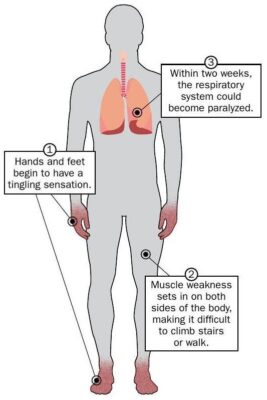 generally reported about two weeks after vaccination, primarily in men, many of whom were 50 or older.
generally reported about two weeks after vaccination, primarily in men, many of whom were 50 or older. - There is not yet any data to suggest a link between the condition and COVID vaccines made by Pfizer-BioNTech or by Moderna.
- Acute inflammatory demyelinating polyradiculoneuropathy (AIDP): It is the most common form in North America and Europe.
- The most common sign of AIDP is muscle weakness that starts in the lower part of your body and spreads upward.
- Miller Fisher syndrome (MFS): It is a type in which paralysis starts in the eyes.
- MFS is also associated with unsteady gait and is less common in the U.S. but more common in Asia.
- Acute motor axonal neuropathy (AMAN) and Acute motor-sensory axonal neuropathy (AMSAN):They are less common in the U.S. but they are more frequent in China, Japan and Mexico.
- Lightning is an electrical discharge caused by imbalances between storm clouds and the ground, or within the clouds
- Lightning is extremely hot i.e. a flash can heat the air around it to temperatures five times hotter than the sun’s surface.
- The heat causes surrounding air to rapidly expand and vibrate, which creates the pealing thunder we hear a short time after seeing a lightning flash.
- The cloud-to-ground lightning bolts are a common phenomenon i.e. about 100 strike Earth’s surface every single second.
- A typical cloud-to-ground lightning bolt begins when a step-like series of negative charges, called a stepped leader, races downward from the bottom of a storm cloud toward the Earth along a channel at about 200,000 mph.
- About 2,000 people are killed worldwide by lightning each year and hundreds more survive strikes but suffer from a variety of lasting symptoms.
- Its extreme heat will vaporize the water inside a tree, creating steam that may blow the tree apart.
- Lightning is not confined to thunderstorms because it is been seen in volcanic eruptions, extremely intense forest fires, surface nuclear detonations, heavy snowstorms, and in large hurricanes.
- The intense heat, light and electricity can damage the victim’s eyes.
- The lightning strikes can increase the chances of impotence in men and overall decreased libido.

- People should stay away from windows and doors and avoid contact with anything that conducts electricity, including landline telephones.
- It is unsafe to take shelter under an isolated tall tree, as it could attract lightning and pass it on to us.
- Lightning travels along vertical surfaces to seek the ground, hence standing just below the overhanging edge of a cliff is also considered dangerous.
- It is dangerous to lie down on the ground in an attempt to escape from lightning, as the electric charge from a nearby strike will spread horizontally along the ground.
- It is a one-stop solution to facilitate investment in Government Securities by individual investors.
- The highlights of the ‘RBI Retail Direct’ scheme are:
- Retail investors (individuals) will have the facility to open and maintain the ‘Retail Direct Gilt Account’ (RDG Account) with RBI.
- RDG Account can be opened through an ‘Online portal’ provided for the purpose of the scheme.
- The‘Online portal’ will also give the registered users the following facilities:
- Access to primary issuance of Government securities
- Access to NDS-OM
- The scheme allows that the retail investors can buy and sell Treasury Bills, G-Secs, Sovereign Gold Bonds and State Development Loans.
- The participation and allotment of securities will be as per the non-competitive scheme for participation in primary auction of government securities and procedural guidelines for SGB issuance.
- Retail investors, as defined under the scheme, can register under the Scheme and maintain a RDG Account, if they have the following:
- Rupee savings bank account maintained in India;
- Permanent Account Number (PAN) issued by the Income Tax Department;
- Any OVD for KYC purpose;
- Valid email id; and
- Registered mobile number
- The Non-Resident retail investors eligible to invest in Government Securities under Foreign Exchange Management Act, 1999 are eligible under the scheme.
- The RDG account can be opened singly or jointly with another retail investor who meets the eligibility criteria.

- It is aimed at improving ease of access by retail investors through online access to the government securities market i.e. both primary and secondary.
- The scheme allows that an investor would be able to bid in G-Secs auctions and buy them in the secondary market as well.
Services offered under RBI Retail Direct Scheme
- Financial Statement:The link provides transaction history and the balance position of securities holdings in the Retail Direct Gilt Account.
- Provision for nominations:The investors can fill up and upload the nomination form in the appropriate format, which must be signed.
- A maximum of two nominations is allowed.
- Pledge/Lien:The Securities held in the RDG Account will be available for pledge/lien.
- Gift Transactions:‘Retail Direct Investors’ will have an online facility to gift government securities to other Retail Direct Investors.
- Grievance redressal: Any query or grievances related to ‘Retail Direct’ Scheme can be raised on the portal which will be handled resolved by Public Debt Office (PDO) Mumbai, RBI.









 Latest News
Latest News
 General Studies
General Studies